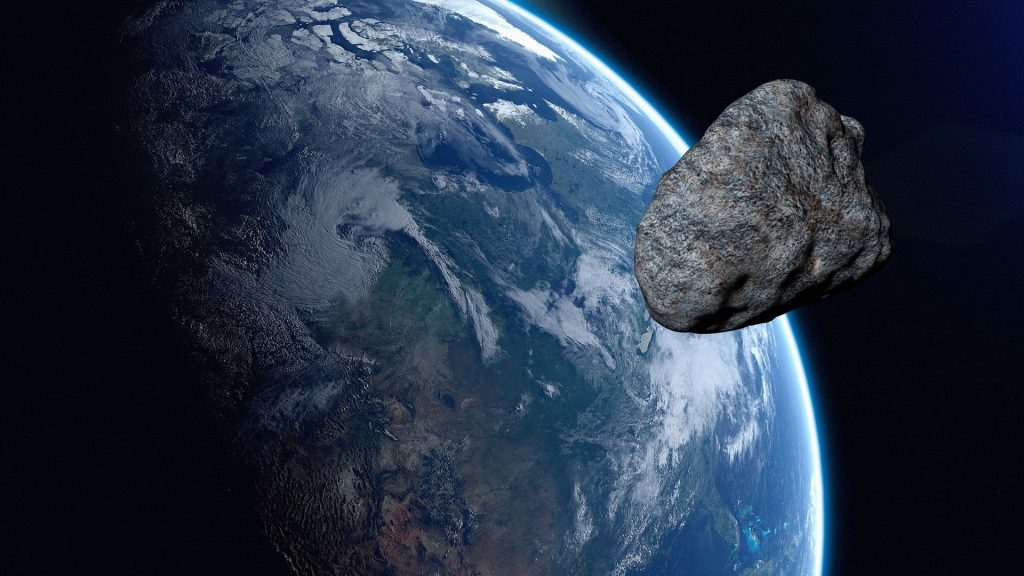La Terra ha un nuovo compagno – e perché questo è eccitante
Non preoccupatevi: questa storia non riguarda di nuovo l'imminente distruzione della Terra. Al contrario: asteroidi come 2020 XL5, scoperto nel 2020, sono eccitanti perché potrebbero fornire intuizioni sul primo passato della Terra. 2020 XL5 è un cosiddetto Trojan, come gli astronomi confermano ora nella rivista scientifica Nature (l'ipotesi esisteva già prima): Un asteroide che accompagna la Terra nella sua orbita. Se si considera solo il sistema dal sole e dal pianeta, ci sono diversi punti in cui le forze attrattive del pianeta e del sole si annullano a vicenda. Questi sono i cosiddetti punti di Lagrange. Gli oggetti che…
